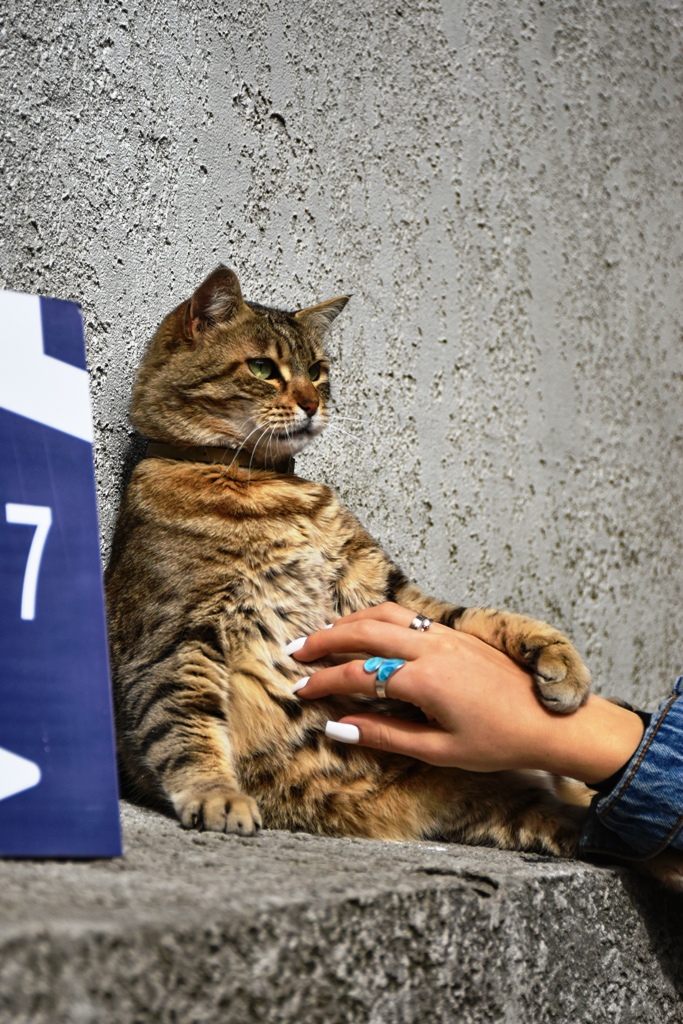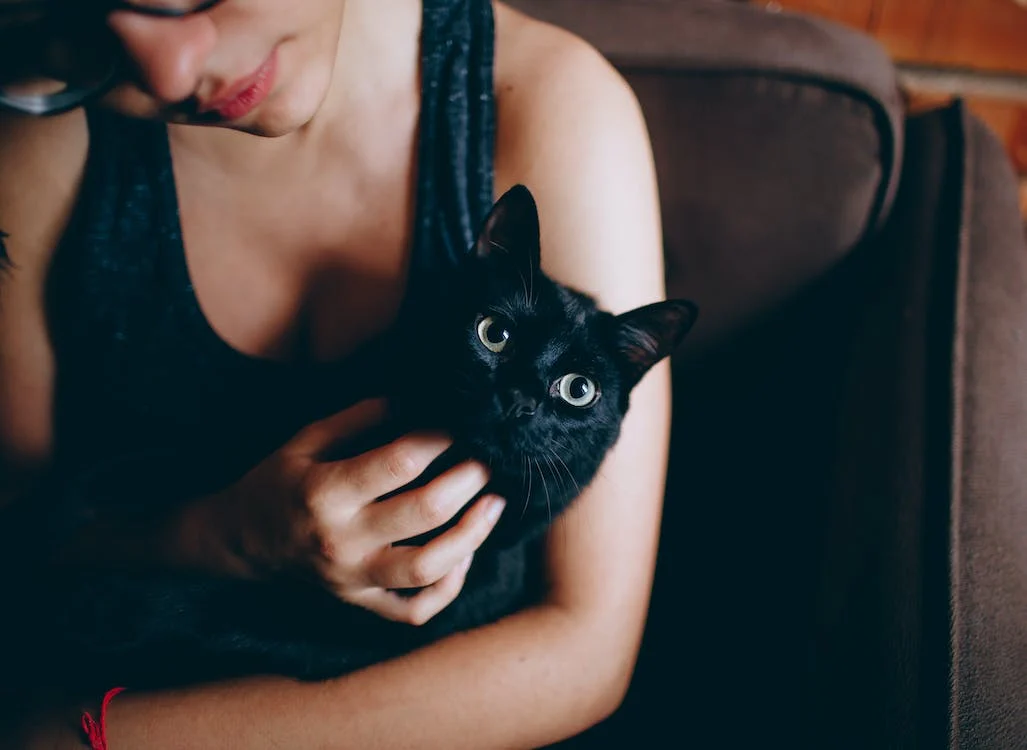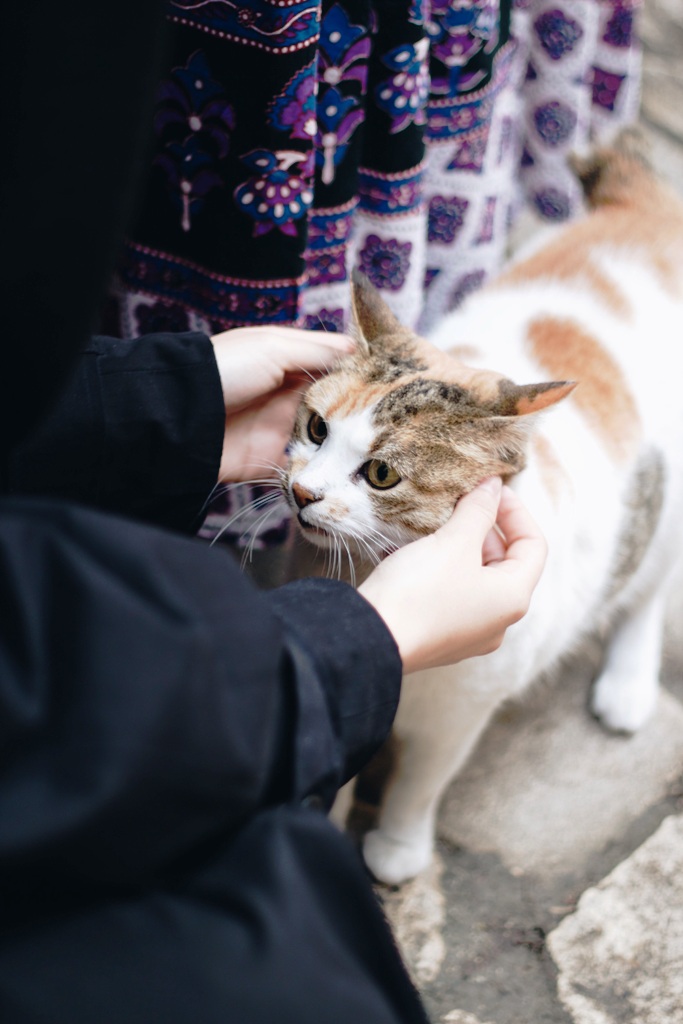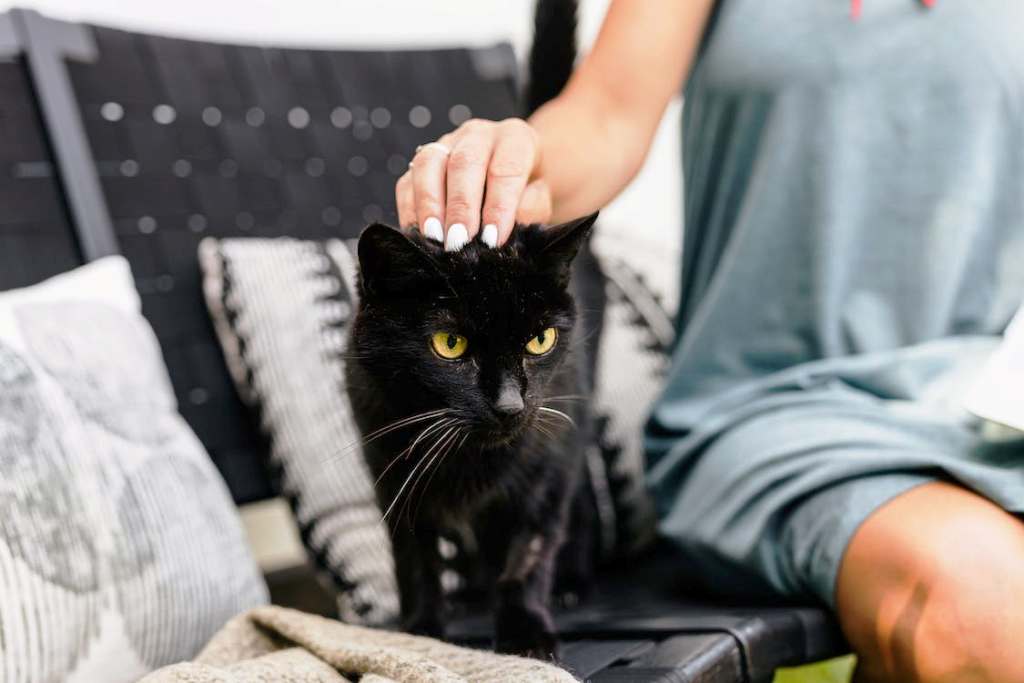Guide to Petting Your Cat: How to Do It Right
Hello there, cat owners and feline enthusiasts! If you’ve ever wondered how to give your cat the perfect petting experience, you’re in the right place. Petting your cat is not just about providing affection; it’s also a way to strengthen the bond between you and ensure your furry friend’s well-being. So, let’s dive into the art of stroking a cat with finesse.
Step 1: Stroke Your Cat Without Fear

First and foremost, daily petting sessions can be a joy for both you and your cat. It’s a chance to connect and check on your cat’s health. But remember, your cat is the boss here. Follow these tips for a purr-fect petting session:
- Let Your Cat Decide: Allow your cat to initiate the petting. If your feline friend comes to you with a welcoming attitude, directed gaze, and perhaps a gentle purr, it’s a clear invitation.
- Respect Boundaries: When your cat isn’t in the mood for petting, don’t push it. Just like humans, cats have their moods, and forcing attention can lead to a less-than-pleasant experience for both of you.
- No Surprises While Sleeping: Cats love their beauty sleep. Avoid startling your cat when it’s napping, as this can lead to unnecessary stress.
- Know When to Stop: Even though we love petting our cats, there’s such a thing as too much of a good thing. If your cat starts to show signs of irritation or restlessness, it’s time to wrap up the petting session.
- Inspect While You Pet: Use this bonding time to check your cat’s fur and skin for any irregularities. Look out for ticks or swollen lymph nodes.
Step 2: Observe Your Cat’s Reactions to Petting

Not all parts of a cat’s body are created equal when it comes to petting. While some areas are generally well-received, others can be touchy territory. Pay attention to these zones:
- The Head: This is usually a safe bet. Cats often adore being petted between the ears, around the mouth, and under the chin. Gently scratching these areas is a surefire way to make your cat purr with delight.
- The Back: Most cats don’t mind being stroked along their backs. They may even arch their backs, signaling that they want more. Use broad strokes from the nape of the neck to the base of the tail.
Step 3: Avoid Over-Petting to Prevent Stress

Some cats are known as “petting biters.” Just as they seem to be enjoying the attention, they might suddenly bite or scratch. This behavior can stem from tension or stress, and it’s crucial to handle it with care:
- Let Them Calm Down: If your cat displays this behavior, give them some space to settle down. During the next petting session, keep an eye on their body language. If you notice signs of unease, like dilated pupils or a wagging tail, stop petting and allow your cat to relax at their own pace. Check out this guide on How to Stop Petting Aggression in Cats.
Remember, every cat is unique. Not all cats respond to petting in the same way, and some may even shy away from it. With patience and time, you can build trust and create a positive petting experience. However, it’s essential to respect your cat’s boundaries and preferences.
Bonus Tip: Keep an ear out for purring. While it’s often a sign of contentment, cats can also purr when stressed. Pay attention to your cat’s overall body language – a relaxed posture and closed eyes during petting are good signs that they’re enjoying the affection.
By mastering the art of petting, you’ll strengthen your bond with your feline companion and ensure that your cat feels safe and loved in your presence. Happy petting, cat lovers! 🐾😺
